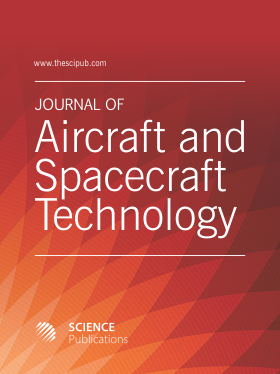Preliminary Design and Performance-Stability Analysis of a Fixed-Wing UAV Using XFLR5
- 1 Department of Civil Aviation Engineering, University of Aeronautics and Astronautics, College of Civil Aviation, China
Abstract
This research aims to find the best airfoil and tail configuration for the designing of a UAV of 30 kg capable of carrying a payload of at least 5 kg; for this purpose, work focuses on the analysis of different airfoils for low Reynolds numbers in specific do airfoils with an under cambered design and capable of reaching high lift at low altitudes at subsonic speeds, at the same time four different tail configuration of similar sizes are contrasted to each other to find out what configuration gives the best design in terms of performance and stability. XFLR5, specialized software for analyzing airfoils, wings, and planes operating at low Reynolds numbers, is used for all simulations. This study successfully determined the Eppler 216 as the best airfoil along with the conventional tail configuration while providing a valuable methodology for designing future and similar UAVs.
DOI: https://doi.org/10.3844/jastsp.2023.8.16

- 2,054 Views
- 1,451 Downloads
- 0 Citations
Download
Keywords
- UAV
- Airfoil
- Tail Configuration
- XFLR5
- Performance and Stability
